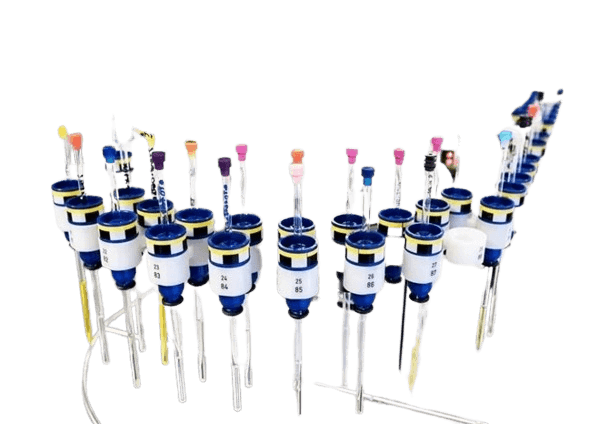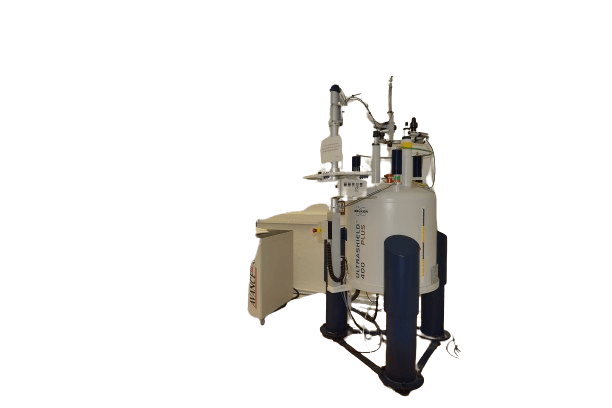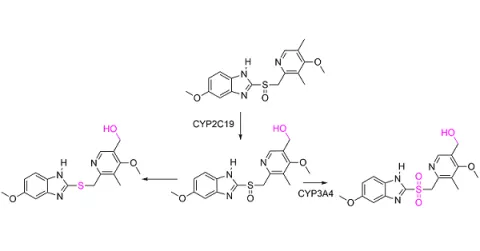Analysis and Re-analysis
On-Demand Analysis and Re-analysis for your Products
Our analytical service allows us to offer you full characterization for your compound’s structure. Our equipment permit to certify your product by re-analysis. We provide Certificate of Analysis (CoA) and Material Safety Data Sheet (MSDS) after structural and purity analysis for your products. We can also compare data with reference spectra provide by literature.
We determine your structure using:
- NMR (400 and 500 Mhz) analysis (1H, 13C, DEPT135, corelation 1H-1H, 1H-13C, 1H-15N, …)
- Mass spectrometry analysis (isotopic purity determination) Our purity certification is determined by using:
- HPLC analysis (photodiode array detector) - NMR quantification (QNMR)
Certificate of Analysis - Control
To meet the established specifications for your product, @rtMolecule offers full compound certification and re-analysis service. The lot of your product is subjected to reanalysis and experiences allow to set a new Certificate of analysis (CoA), reporting results of purity, stability/expiration data, batch number, and manufacturer.
Structure Elucidation
Our highly-skilled team is available to carry out analyzes and challinging in structure elucidation of your unknown compounds. Various tools will be embedded: MS–MS in the product-ion analysis mode (usually provided by customer), high resolution (HRMS), infrared spectra (IR) and full NMR experiments.

Q-NMR Quantification
@rtMolecule use indispensable NMR techniques for the determination of the structure of organic molecules and for high precision purity determination. qNMR is a universal and very robust procedure for the determination of standard sample purity with high-precision. We use the choicest internal certified calibrants.

Other methods are available on request. Please contact us.
Custom Synthesis services with competitive prices, fast delivery and high-quality products.
Stable Isotopes - Abundances %
The key elements in organic chemistry are carbon (C), hydrogen (H), nitrogen (N), oxygen (O), phosphorus (P), sulfur (S), chlorine (Cl), and bromine (Br). These elements naturally occur as mixtures of isotopes, which significantly influence the isotope distribution.
5-Hydroxy omeprazole standards
Omeprazole is primarily hydroxylated by CYP2C19 into 5-hydroxyomeprazole. 5-Hydroxy omeprazole retains the general structure of Omeprazole with an additional hydroxyl group on the pyridine ring, increasing its hydrophilicity.


